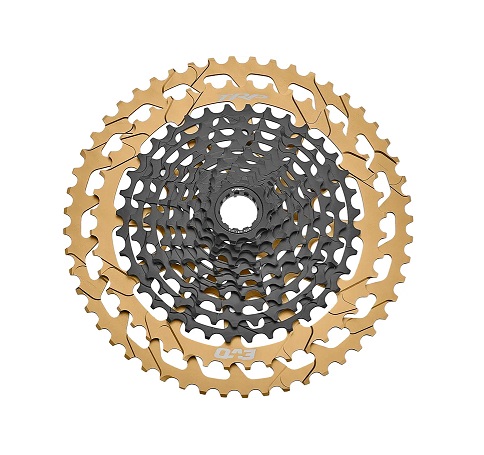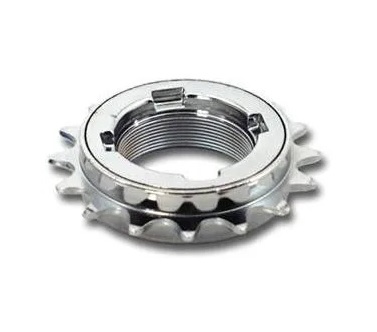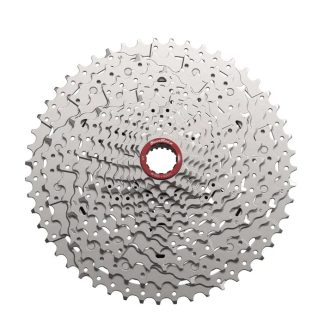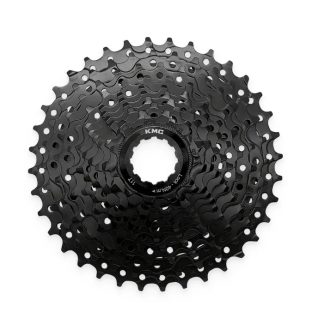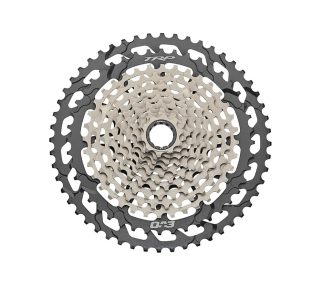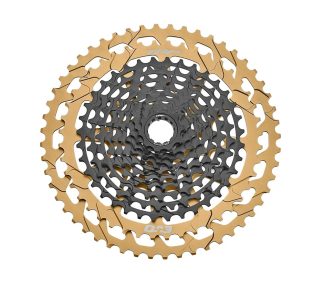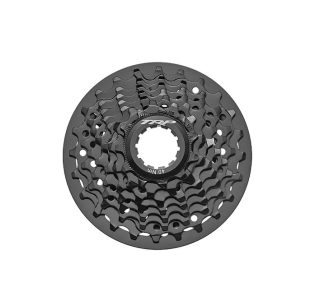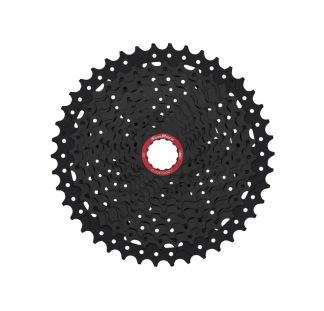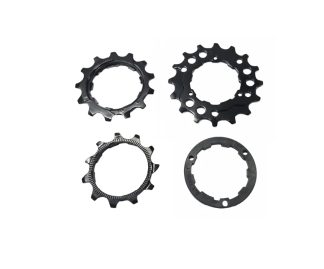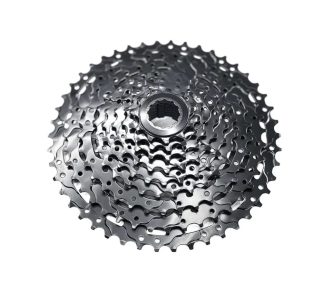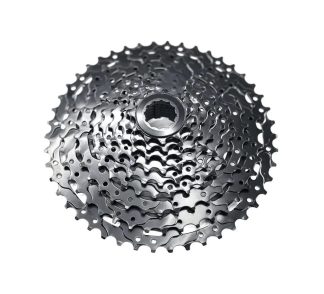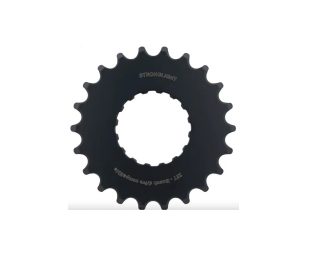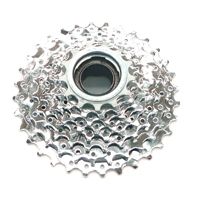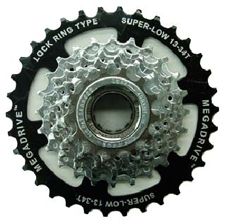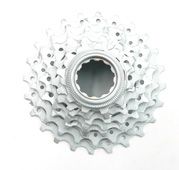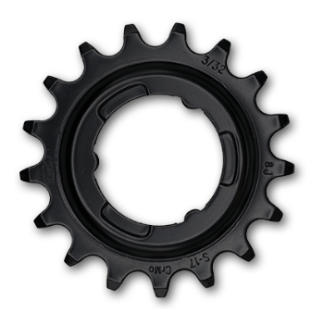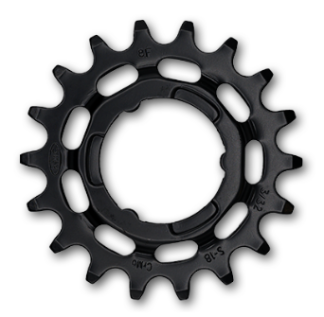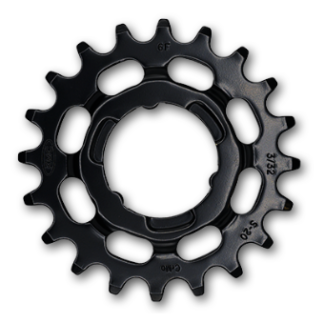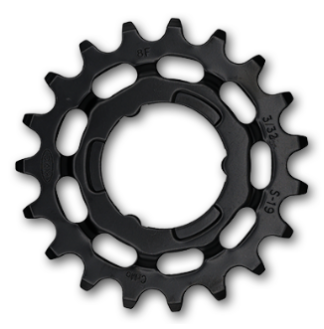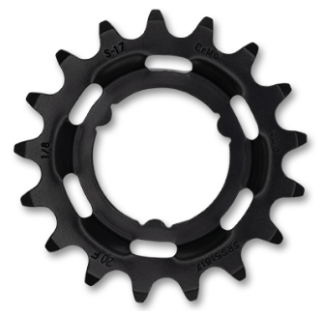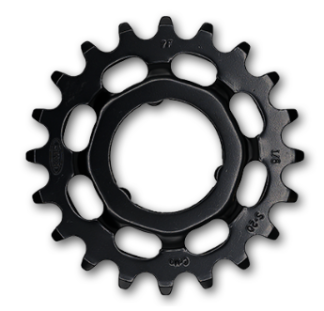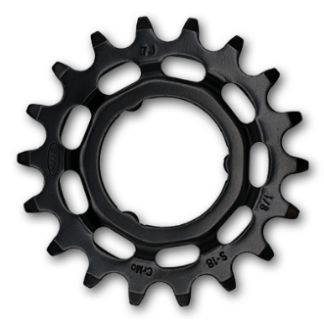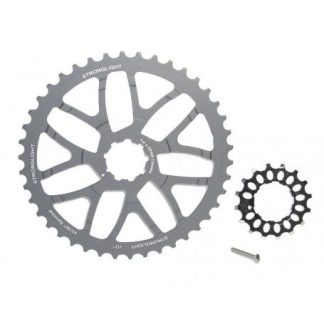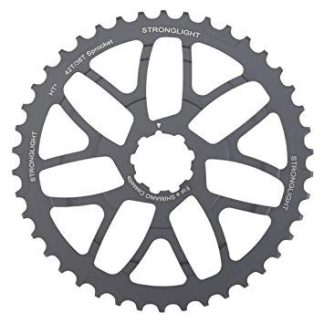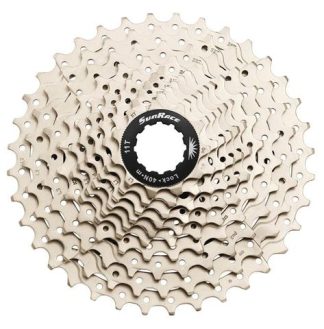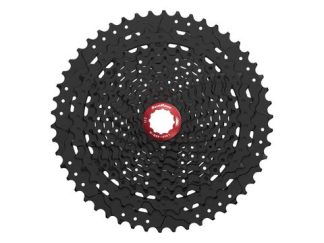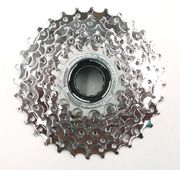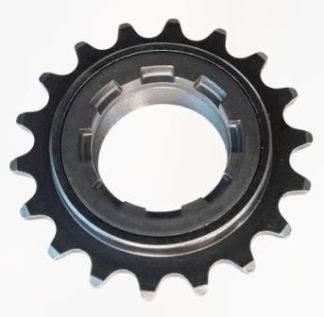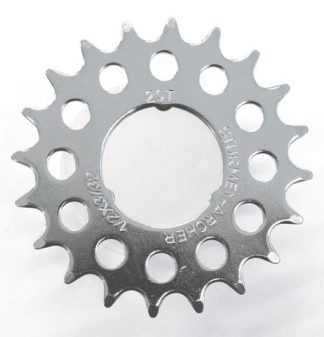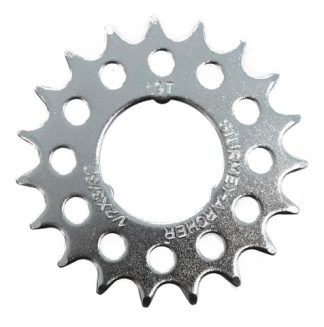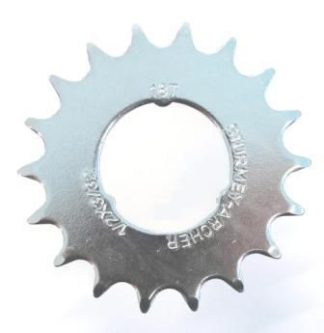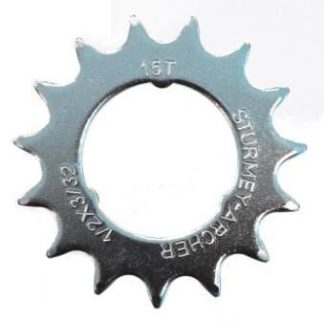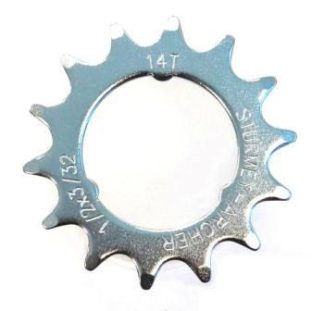Shipping from our Melbourne warehouse, shop our range of cassettes & freewheels for road & mountain bikes, compatible with Shimano & Sram freehubs.
How to work out what cassette your bicycle can take
To work out what cassette your bicycle can take, you need to consider a few factors such as the number of gears, the rear derailleur capacity, and the freehub body compatibility. Here are the steps to follow:
- Determine the number of gears: Count the number of gears on your bike’s rear wheel. The cassette you choose must match the number of gears on your bike.
- Check the rear derailleur capacity: The capacity of the rear derailleur refers to the difference in teeth between the smallest and largest cogs it can handle. To find out the capacity of your derailleur, check the manufacturer’s specifications or look for the model number on the derailleur itself. The cassette you choose must have a total number of teeth that falls within the capacity of the derailleur.
- Determine the freehub body compatibility: Check the type of freehub body on your bike’s rear wheel. The two main types of freehub bodies are Shimano/SRAM and Campagnolo. Make sure the cassette you choose is compatible with your freehub body.
Once you have determined these factors, you can choose a cassette that matches your bike’s specifications.
How do gear ratio’s and cassette sizes work?
Gear ratios and cassette sizes on bicycles refer to the number of teeth on the chainrings and cassette cogs, respectively. The gear ratio is the ratio of the number of teeth on the front chainring to the number of teeth on the rear cassette cog. It determines how much force is required to turn the pedals and how fast the bicycle moves forward.
For example, a 52/36 chainring setup paired with an 11-28 cassette means the largest chainring has 52 teeth, the smallest has 36 teeth, and the cassette has a range of 11 to 28 teeth on the cogs. The gear ratio is calculated by dividing the number of teeth on the chainring by the number of teeth on the cassette cog. So, the highest gear ratio on this setup would be 52/11 = 4.72, while the lowest gear ratio would be 36/28 = 1.29.
Generally, larger chainrings and smaller cassette cogs offer a higher gear ratio, which provides more speed but requires more effort to pedal. Smaller chainrings and larger cassette cogs offer a lower gear ratio, which provides more torque for climbing hills or riding in difficult terrain but may not offer as much speed.
It’s important to choose the right cassette size for your riding style and ability, as well as the terrain you’ll be riding on. A larger cassette with more teeth on the largest cog will provide easier climbing gears, while a smaller cassette with fewer teeth on the smallest cog will provide higher-speed gears. Additionally, the number of gears on the cassette can affect the overall range of gears available on the bicycle.
What is the maximum sized cassette I can run on my bike
The maximum cassette size you can run on your bicycle depends on several factors, including the type of drivetrain, the derailleur capacity, and the size of the rear wheel. In general, the larger the rear wheel, the larger cassette you can run. However, it’s essential to check your bike’s specifications to determine the maximum cassette size it can handle.
The derailleur capacity is the difference between the smallest and largest chainring or cassette cog that the derailleur can accommodate. For example, if your bike has a derailleur capacity of 28 teeth and a 11-32T cassette, the largest chainring you can run is 50 teeth. If you want to run a larger cassette, you may need to upgrade your derailleur or make other modifications to your drivetrain.
It’s important to note that changing your cassette size may affect your bike’s shifting performance, chain wear, and overall drivetrain compatibility. Therefore, it’s best to consult with a professional bike mechanic or refer to your bike’s owner manual to ensure that you select the appropriate cassette size for your bike.
Will my derailleur work on any size cassette?
Not all derailleurs are compatible with all cassette sizes on a bike. The compatibility of a derailleur with a cassette depends on the derailleur’s maximum cassette size capacity, also known as its “cassette range.”
The maximum cassette size capacity of a derailleur is determined by its cage length and its total capacity. The cage length is the distance between the jockey wheel centers, and the total capacity is the difference between the largest and smallest chainrings plus the difference between the largest and smallest cassette cogs.
For example, if a derailleur has a cage length of 85mm and a total capacity of 40T, it can handle a cassette with a maximum cog size of 28T, assuming that the chainrings have a maximum difference of 12T.
It’s important to check the derailleur’s specifications and compare them with the cassette you want to install on your bike to ensure compatibility.

